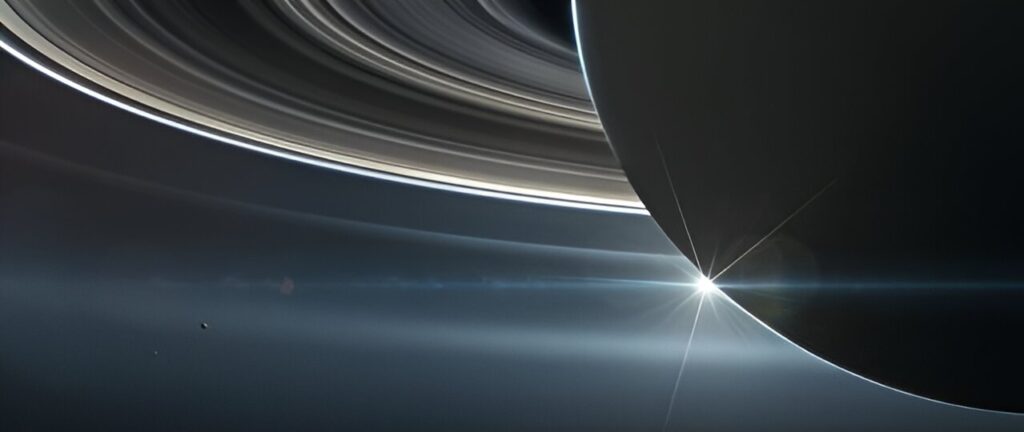Data from the Cassini probe, which stopped functioning six years ago, was used to determine the optical depth of Saturn’s rings. Scientists were able to measure the photoelectric effect using one of the instruments on it.

Cassini spacecraft
A graduate student at Lancaster University has measured the optical depth of Saturn’s rings using a new method based on how much sunlight reached the Cassini spacecraft when it was in the shadow of the rings. The study was published in the Monthly Notices of the Royal Astronomical Society.
Optical depth is one of the characteristics associated with the transparency of an object. It shows how far light can penetrate into an object before it is completely absorbed. It is this characteristic that scientists measured using an old space probe.
Cassini was launched back in 1997. The mission made 22 close flybys of Saturn and ended in 2017. During this time, it collected a huge amount of various data. They have not disappeared and scientists continue to study them, making new discoveries.
Measurement of the photoelectric effect
In this case, the scientists were interested in the data from the Langmuir probe, which was on board Cassini. This device is designed to measure the plasma density in the environment. It works by generating an electric current under the influence of external factors. However, not only charged particles, but also photons of light can cause electrons to move.
This phenomenon is called the photoelectric effect. It was this phenomenon that the researchers decided to use to determine the optical depth of Saturn’s rings. However, it is impossible to separate those electrons that began to move under the influence of photons from those generated by the plasma.
But the scientists knew exactly where the apparatus was located at each moment of the measurement. They also knew how bright the sun was near Saturn. Using these data and comparing them with changes in the readings of the Langmuir probe, they were able to calculate the currents and, as a result, the optical parameters of the rings.
Based on materials: phys.org
